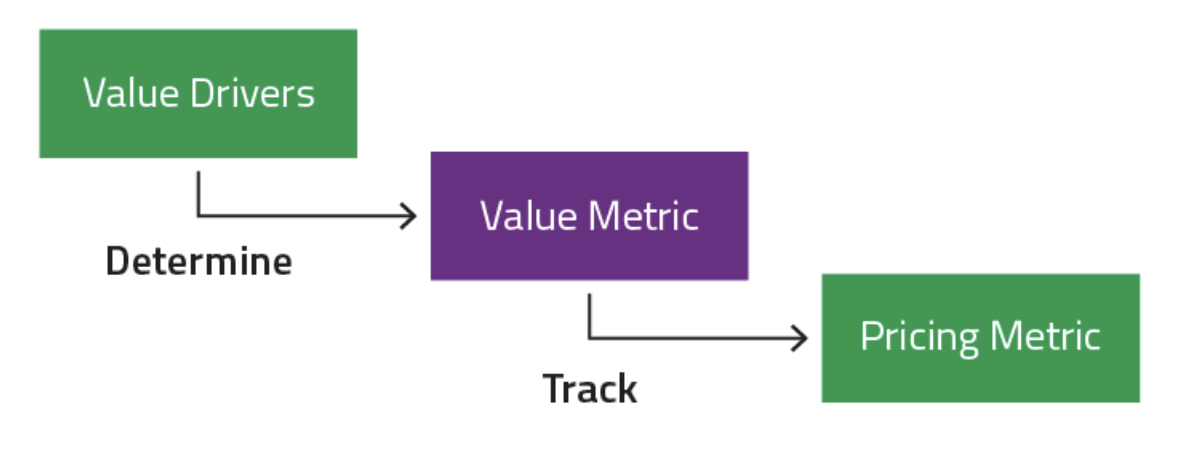Pricing and Innovation
This is a guest post by Steven Forth Co-Founder at Ibbaka Performance.
As an innovator, one of your passions is to create value. Value for your investors? Yes. Value for your team? Yes. But the most important value you will create is value to customers or V2C.
The simple formula that you are building your business on is ...
Value to Customer > Customer Lifetime Value
That formula is the foundation for growth.
Of course, it is not quite that simple. You have to find a way to connect the value you are creating for your customers to the customer lifetime value. That is where pricing innovation comes in.
Pricing innovation. I am using this phrase in two senses.
‘Pricing to capture the value of innovation.’
‘Innovating on how you price.’
Revenue model innovation is another way to say this, but it is actually important to focus right on how to price. You and your customer may not see eye-to-eye on many things. Your customer probably doesn’t care what market segment you think they are in. They may or may not agree with your value propositions. But if you can’t agree on a price, then you don’t have a customer.
But if you can’t agree on a price, then you don’t have a customer.
The two most common approaches to pricing we see are ‘throw it at the wall’ and ‘frozen accidents.’
Throw it at the wall pricing is when people ‘throw it at the wall to see if it sticks,’ It is based on a combination of guesses and copying what others are doing. It almost always leads to underpricing the offer, poor positioning, and can off lead to a failure to sustain innovation.
Frozen accidents are what happens when throw-it-at-the-wall pricing sticks. After a few years, the pricing is accepted by customers and markets, it is built into systems, and it is hard to do much more than tweak around the edges.
There is a better way forward. Take a systematic approach to how you price. Do this by putting your price in the context of value. The two key concepts you need are the value metric and the pricing metric.
(This image is from What is value-based pricing? by Jessie Tai)
The value metric is the unit of consumption by which the user gets value. The pricing metric is the unit of consumption for which the customer pays. Connecting the two is the secret to both pricing innovation and value-based pricing.
Let’s look at an example. Why do you go to a comedy club? Well, one reason is probably to laugh (yes there are other value drivers at play, but let’s focus on laughter, we all need a laugh this time of year).
So the value metric is laughs. What is the pricing metric? At most comedy clubs it is probably an entrance charge or the price of a seat. A few clubs price indirectly and monetize on drinks. What if you could connect the value metric, laughter, and the pricing metric? Sounds kind of laughable.
This is what the Teatreneu comedy club in Barcelona has done. In response to a steep increase in government taxation, that was keeping people away from live venues, the club created an app that could track how many times during a performance a patron Laughed. They then set a price per laugh with a ceiling so that those who found the show uproarious would not have to suppress their laughter. They even layered in social media sharing. You can read more about this here.
If a comedy club can figure out a way to charge per laugh then you can innovate on pricing too! To get started, try three things.
Go to the sites you use to support your own business. Ask how you get value and how you are charged. Are the two aligned? (If they are not, there is an opportunity for disruption.)
Look at your favorite growth stories over the past few years. Ask how these companies have connected value to price. A couple of places you may want to start are Slack and Hubspot, both of which have demonstrated some best practices in pricing.
Ask, how does consumption of our product or service drive value? If you can answer this question, you are on the path to pricing innovation.
In future posts, we will go deeper into pricing innovation, introduce a method you can use to set prices and look at some common pricing failures.
What would you like to know about pricing? Ping me at steven@ibbaka.com with questions and ideas.

